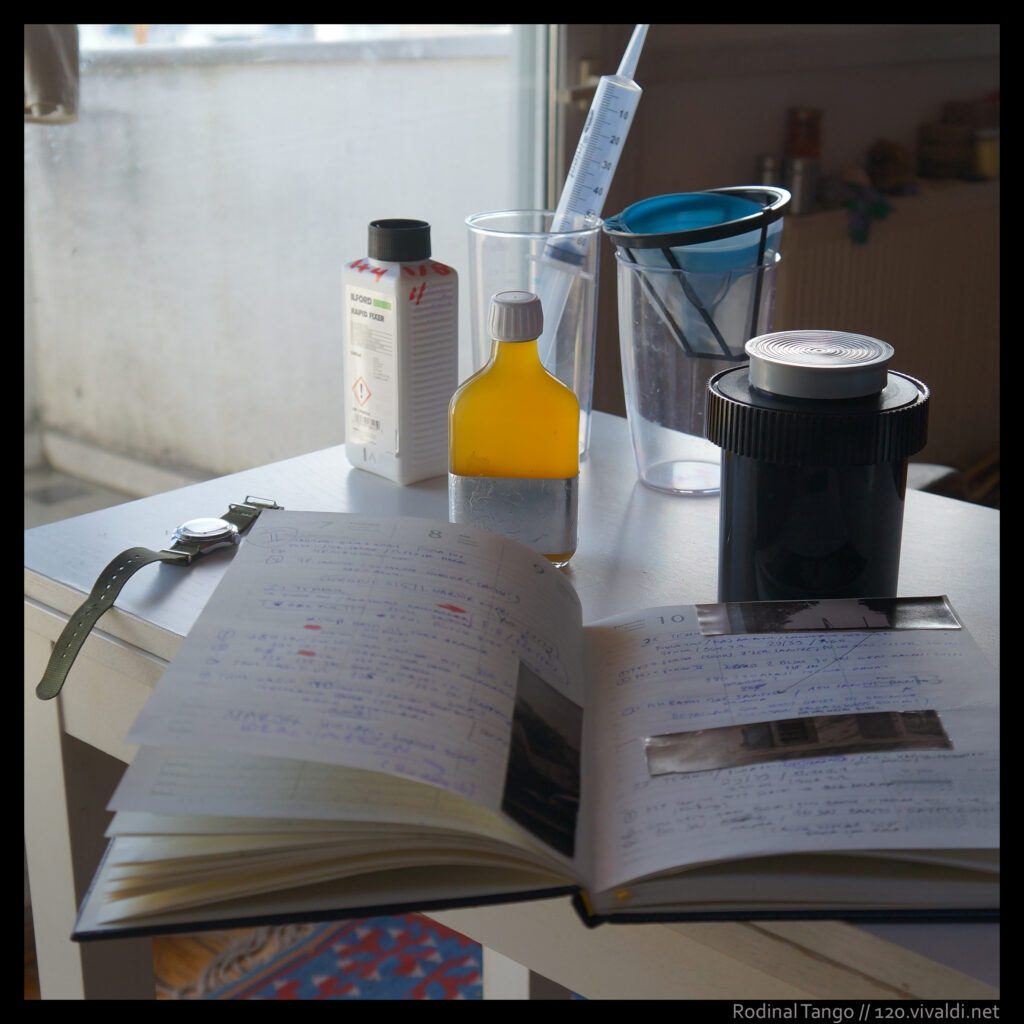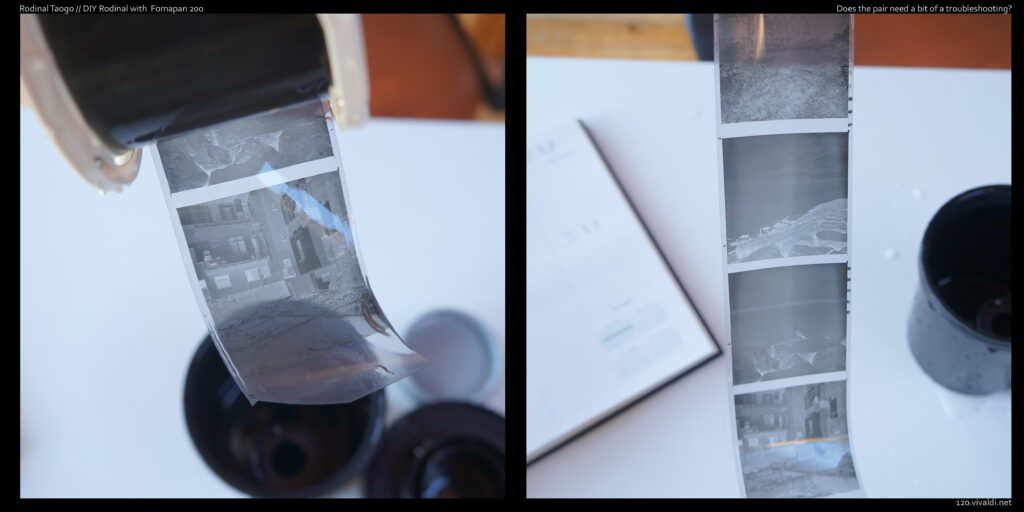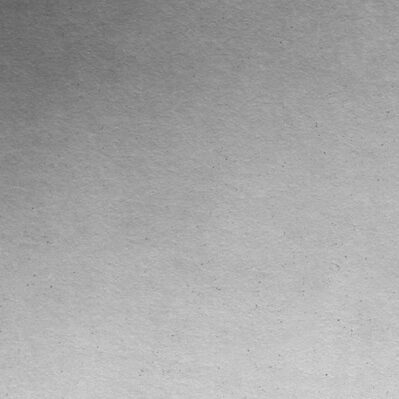
Film photography can be awesome. It can also be frustrating. Usually it vacillates between the two states. Old-school dark room dwellers find a way that works and they stick with it. A single developer, a single film type, a single processing scheme. No fuss, no headaches.
If it works, don’t touch it! There’s no reason to try to understand every tiny detail in dark room magic. That’s a tempting way to follow. It was also my way of doing things for the last year.
I’ve been happily using Caffenol as my developer. If you haven’t heard about it before, it’s an interesting choice for multiple reasons. It’s a mixture of washing soda, Vitamin C and instant coffee in varying amounts for different films. (I’m planning to make a separate post about Caffenol somewhere along the way.)
While I was happily experimenting with Caffenol, I kept coming across photos that were developed in Rodinal so I’ve read about it. There are Rodinal lovers everywhere! It’s an old old formula, which is still produced by different companies with slight variations. It can be reproduced/adapted using Paracetamol (painkillers), sodium sulfite and sodium hydroxide (drain cleaner). That’s one of the more straightforward Rodinal recipe and the one that I’ve decided to use, after reading tons of threads.
The recipe I used was originally posted by Jaco in photrio.com forums. (I’d like to include the original link, if I ever find it!)
Water: 100 ml
Sodium sulfite: 40 g
Dissolve at roughly 50 degC (122 degF)Water: 60 ml
Potassium hydroxide: 17.9 g
Dissolve the hydroxide, then add 15 g (30 capsules) of paracetamol while the hydroxide solution is still hot. Stir in the powder thoroughly and break any clots. It will turn reddish and murky, which is fine.Once the two parts are cool, combine. Use the sulfite solution to wash out all the paracetamol solution. Make the final volume up to 200 ml (not 250!). Any undissolved sulfite can be added as crystals to the final container – it will dissolve over time.
After following the recipe, I ended up with a murky, almost soapy solution in brown. It looked like a small disaster. After a few days, my patience became thinner and during the day, I started to shake the bottle whenever I felt like it.
I also put it near the woodstove in the evenings. That move seemed to help in breaking the clots. At the end of a week, I ended up with a clear solution.

After dabbing a thin plastic tube in the solution and moving a tiny drop on a freshly cut film leader, I witnessed the film turning to black within a moment. Rodinal was ready to use!
The film I shot and loaded in the tank was Fomapan 200. An interesting film which both have classic and tubular grain within it’s emulsion. For me, it’s the cleanest and sharpest film in Foma line. It’s also a bit fickle, less accepting than Fomapan 100 or Fomapan 400. Today, after going back and forth about which dilution and developing scheme to use, I decided to play it safely. I followed Foma’s own tech sheet which you can find here .
Development took 9 minutes in 20°C. I agitated constantly for the first minute than I switched to 5 seconds long gentle agitations in each 30 seconds for the remainder of dev time. I go by 8 shaped agitations on a level surface. Agitation is a very personal thing. Like everything else in film photography. I’m an eight-shaped-agitations guy.

The results looked promising, apart from a slight issue. There’s a light coloured banding in the middle of the roll. It’s predominantly present in the middle frames of the roll. I came across this problem before but I thought that it was linked with Caffenol (washing soda) specific problems or with using expired film.
My aim is to print these negatives and for that use the density looks fine. I really like the overall contrast and sharpness and I hope to make decent prints despite the slight issue.
I’m going to make some research about the issue and try to think a way to warm my freezing darkroom for a printing session.
Hopefully my next post will have the scans of contact prints.
Fingers crossed, negatives sleeved.
Take care!

